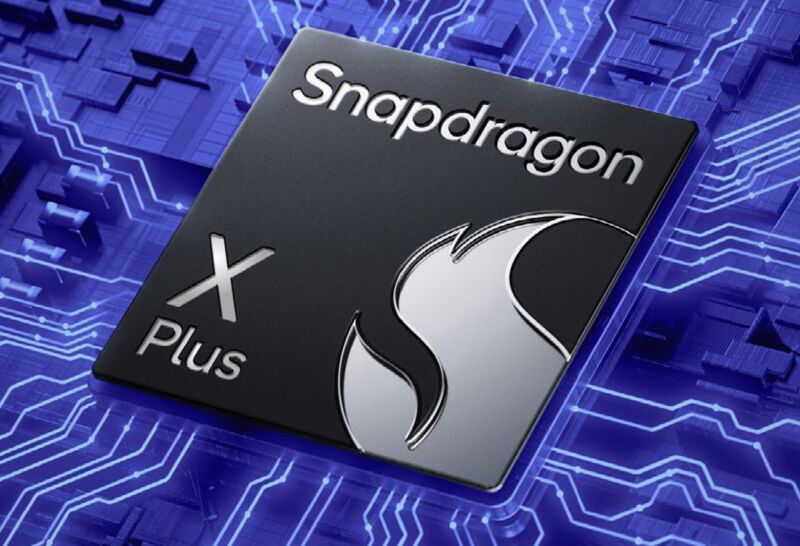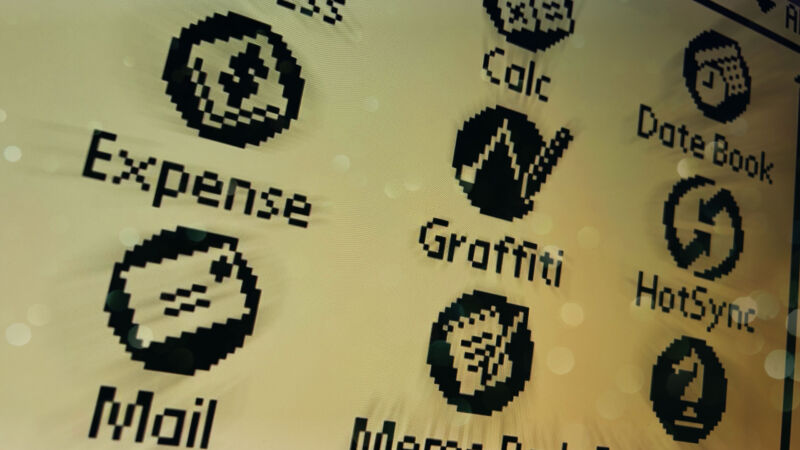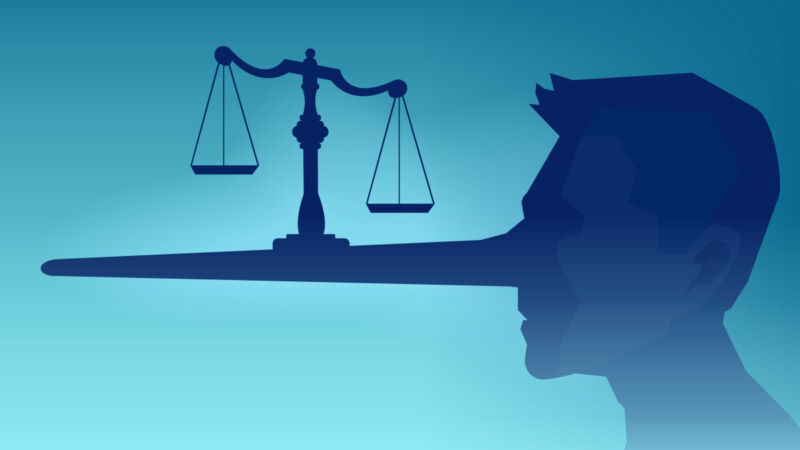-
The Polestar Phone. Someday it will unlock your Polestar car. [credit:
Polestar ]
Polestar, the Volvo offshoot EV company, has made a smartphone. It's called, predictably, the
Polestar Phone
, and it's only available in China. There have been a lot of
car-brand smartphones
out there (it's often
Lamborghini
), but usually, these are licensing deals that the car company ignores. Polestar seems to be proud of this phone, though, making it a bit more involved than the usual car-brand licensing deal. Just look at the new navigation drawer on the polestar.cn site, which has four main items: "Polestar 2", "Polestar 3", "Polestar 4" and now "Polestar Phone."
Why would a niche EV brand make a phone? Maybe all that work on the
Android Automotive OS
made Polestar's engineers really enthusiastic about Android device development. The website, through machine translation, promises the phone was "jointly designed by the Polestar global design team and the Xingji Meizu team in Gothenburg, Sweden, and is decorated with Swedish gold details that symbolize high performance." "Decorated" is probably the best way you could describe Polestar's contributions to this phone since it seems to be a bog standard
Meizu 21 Pro
with some Polestar branding. It does
look
beautiful, with a no-nonsense minimal rectangular design and all-screen front, but the same can be said for the Meizu phone this is based on.
So, how exactly is the Polestar Phone related to a Polestar car? Well, both run Android and have all-electric power systems. The phone has a
slightly
smaller battery than the EV, at only 5,050 mAh (that's something like 18 Wh) compared to the 100 kWh battery of something like a Polestar 4. The car also has the phone beat on-screen size, with the phone packing a pocketable 120 Hz 6.79-inch, 3192×1368 OLED, and the Polestars all sporting big tablet screens.
 chevron_right
chevron_right











